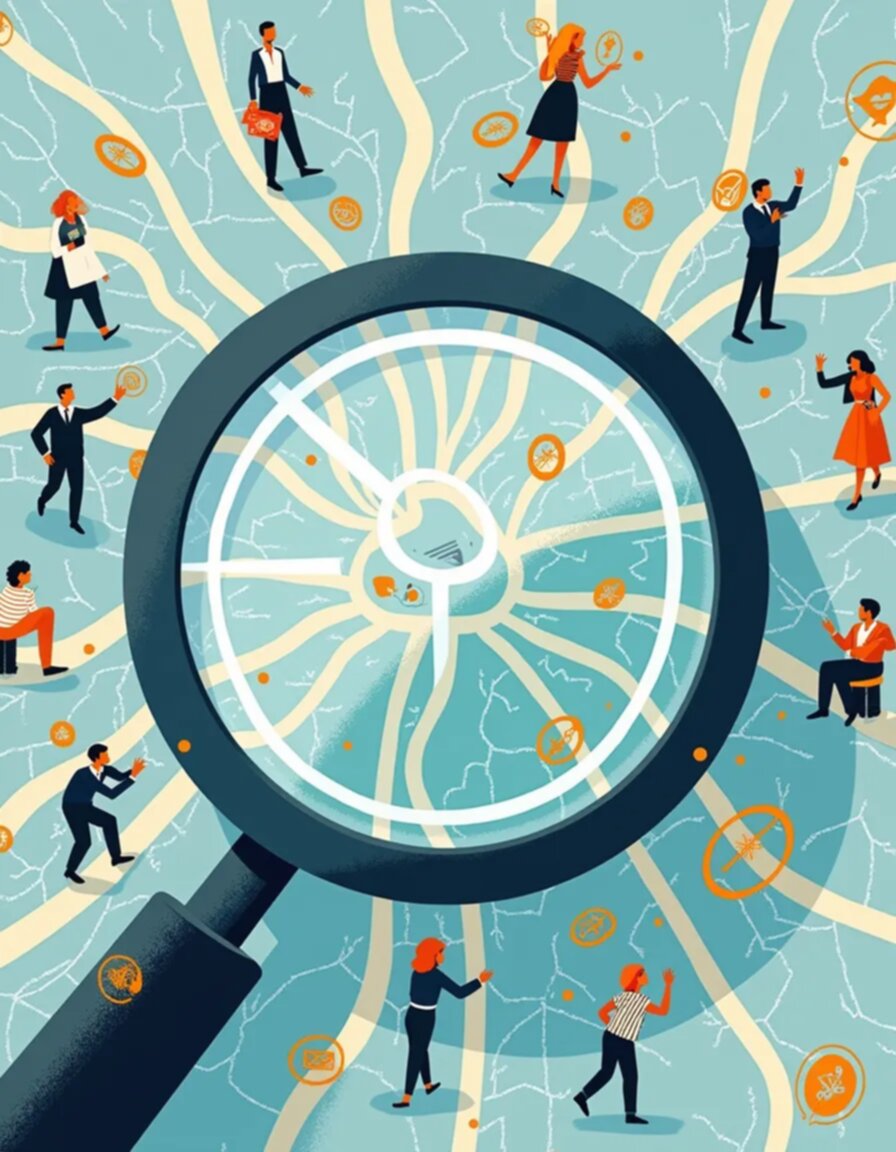Japan's Economic Resilience Analyzing Q2 2024 GDP Growth and Future Prospects

The recent data releases concerning Japan's Gross Domestic Product for the second quarter have certainly set the financial circuits buzzing. When you look at the headline growth figures, it's easy to get caught up in the immediate percentage change, but as someone who spends a good deal of time tracing economic currents, the real story lies beneath the surface noise. We’re talking about an economy that has navigated decades of deflationary pressure and structural shifts, so any movement warrants a deeper inspection than just a quick glance at the daily market ticker. I wanted to take a close look at what actually drove the reported expansion, or contraction, because those underlying components tell us far more about the nation's current operational health than a single annualized rate ever could.
It feels like we are perpetually calibrating our models against the Japanese economic machine, always searching for the next durable trend line amidst the statistical volatility. This particular quarter’s figures present a fascinating case study in domestic demand versus external contributions, a classic tension in any advanced industrial economy. Let’s strip away the headline abstraction and examine the components that make up that final number, because that is where the true resilience, or fragility, reveals itself.
My initial dissection of the Q2 figures points toward a surprisingly robust showing in certain areas of capital expenditure, which is an encouraging sign for long-term productive capacity. I noticed that business investment, particularly within the semiconductor supply chain adjacent industries and advanced robotics, showed a tangible uptick, suggesting corporate confidence isn't entirely reliant on government stimulus or currency shifts. This level of private sector commitment to upgrading physical capital stock speaks volumes about anticipated future demand, even if consumer spending remains somewhat tepid by comparison. Furthermore, the export figures, while always sensitive to global trade winds, demonstrated an ability to capture value even as overall volume growth moderated in some established markets. We must remember that Japan’s strength often lies in high-value, specialized component manufacturing, not just bulk goods, so small volume increases in those specialized exports can have an outsized effect on the top line. I suspect that the restocking cycles observed in North America and Europe provided a temporary tailwind that the export sector successfully capitalized on during this period. It’s important to distinguish between cyclical recovery and fundamental structural improvement, and this quarter leans slightly more toward the former, though the quality of the investment spending is certainly noteworthy.
However, we cannot ignore the persistent drag exerted by household consumption, which remains the Achilles' heel in many of these quarterly assessments. The reported figures suggest that while inflation has certainly arrived—a long-awaited development for policymakers—it is eroding real wage gains for the average worker, leading to cautious spending habits. People are paying more for necessities, but their overall purchasing volume isn't keeping pace, which suggests a bottleneck in translating headline price stability into genuine consumer confidence. Let's pause here: if the engine of domestic demand sputters, the entire system becomes overly reliant on external trade balances, which introduces unacceptable geopolitical risk into the long-term planning horizon. Moreover, the public sector's contribution, often a stabilizing force, showed signs of slowing down its own spending pace compared to preceding periods, suggesting a planned tapering of fiscal support. This transition period, moving from state-backed impetus to self-sustaining private activity, is always the most precarious phase for any major economy. I am watching the service sector employment data closely; if that area begins to show accelerated hiring and wage growth, then perhaps the consumer side will finally start contributing meaningfully to sustained expansion.
So, what does this all mean for the near future? It suggests an economy that is structurally sound in its productive capacity but currently facing headwinds in translating that capacity into broad-based domestic prosperity.
More Posts from financialauditexpert.com:
- →AI Transformation of China Financial Audits in 2024
- →Understanding Contingent Liability Recording Requirements The FASB's 2024 Probability and Estimation Standards
- →Understanding the Derivative Key Concepts for Financial Auditors
- →How AI Reshapes Financial Auditing Across Asia
- →7 Critical ERM Implementation Failures That Led to Corporate Losses in 2024
- →Inflation-Adjusted Personal Income Growth Key Metrics from NBER's Q3 2024 Analysis